India, with its vast geographical diversity, presents a myriad of climates, from the scorching heat of the plains to the cool breeze of the mountains. While the summer heat can be unbearable in most parts of the country, the higher altitudes and remote regions offer a refreshing escape from the intense warmth. Whether you’re seeking snow-capped peaks, lush valleys, or serene lakes, the coldest destinations in India provide the perfect retreat for those looking to escape the oppressive heat. These locations not only offer a chance to cool down but also promise a blend of stunning natural beauty, rich cultural experiences, and adventurous activities.
For travelers who wish to experience the charm of India’s cooler regions, the summer months offer the best opportunity. The Top 10 Coldest Places in India are scattered across various states, each offering unique landscapes—from the snow-covered passes of the Siachen Glacier to the serene and isolated valleys of Lachen. These places are a must-visit for anyone seeking peace, adventure, or simply a break from the sweltering Indian summer. In this article, we explore these destinations in-depth, providing all the necessary details about their unique climate, geographical features, and reasons why they should be at the top of your travel list this summer.
1. Drass Valley: The Cold Gateway to the North

Drass Valley, located in the Kargil district of Jammu and Kashmir, is often referred to as the “Second Coldest Inhabited Place on Earth” after Siberia. This high-altitude valley lies nestled between the towering mountains of the Himalayas, and its relatively inaccessible location adds to its mystique. It is situated at an altitude of around 3,300 meters above sea level, offering a chilling respite from the summer heat, with temperatures dipping as low as 10°C even during the hottest months of the year. The cool, crisp air and dramatic landscapes make Drass Valley an exceptional destination for nature lovers and adventure seekers.
Why Visit Drass Valley?
- Breathtaking Landscape: Surrounded by towering snow-covered mountains and valleys, Drass offers some of the most stunning natural vistas in India.
- Historical Significance: The Kargil War Memorial is located near Drass, offering a poignant reminder of India’s military history. For history enthusiasts, a visit to this region is both educational and emotionally stirring.
- Peaceful Ambiance: The calm and quiet of Drass, combined with its cool temperatures, makes it an ideal place for those seeking peace and solitude.
2. Siachen Glacier: A Chilling Adventure in the High Himalayas

The Siachen Glacier, located in the Karakoram Range, is not only one of the largest glaciers in the world but also one of the most challenging and coldest places in India. The glacier lies at an altitude of about 5,400 meters, where temperatures can plummet to -40°C in the winter. However, in the summer months, the weather remains cool but bearable, with temperatures hovering around -10°C to 5°C. This region is known for its extreme weather conditions and rugged terrain, making it a haven for trekkers and mountaineers looking for a once-in-a-lifetime adventure.
Why Visit Siachen Glacier?
- Extreme Cold: The Siachen Glacier offers one of the coldest experiences in India, with its harsh and unpredictable weather conditions.
- Trekking and Mountaineering: Adventure enthusiasts flock to Siachen for challenging trekking expeditions and mountaineering adventures in one of the most treacherous regions in the world.
- Stunning Natural Beauty: Despite its harsh climate, the glacier and surrounding mountain ranges offer breathtaking views of frozen landscapes and towering peaks, making it a spectacular spot for photography and exploration.
3. Sela Pass: The Majestic Snow-capped Gateway
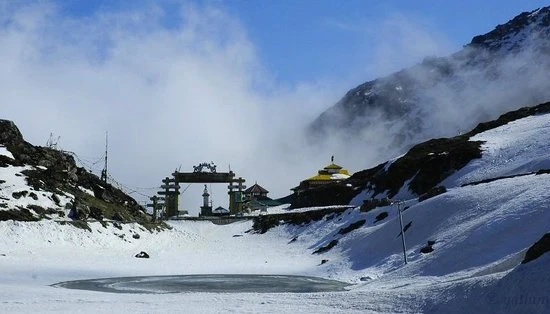
Situated at a towering 13,700 feet above sea level, Sela Pass is one of the highest motorable passes in India, nestled in the beautiful state of Arunachal Pradesh. This pass forms the boundary between the western and eastern Himalayan ranges and is known for its stunning snow-covered peaks and pristine natural beauty. Sela Pass experiences a cool climate throughout the year, with summer temperatures remaining between 5°C and 15°C. The surrounding forests, lakes, and meadows make it a popular spot for tourists looking for an offbeat cold retreat.
Why Visit Sela Pass?
- Snow-Capped Peaks: Visitors to Sela Pass are treated to the sight of majestic snow-covered mountains, adding to the allure of this cold destination.
- Adventure and Wildlife: The pass offers trekking opportunities, and wildlife enthusiasts will find the area rich with flora and fauna, including rare species of birds and animals.
- Calm and Seclusion: Sela Pass is far from the crowds, offering a peaceful environment where visitors can immerse themselves in nature.
4. Lachen & Thangu Valley: A Hidden Gem of Sikkim

Lachen and Thangu Valley, located in the northern part of Sikkim, offer a serene and cold escape for travelers seeking a remote yet picturesque destination. Situated at altitudes ranging from 2,700 meters to 4,000 meters above sea level, these valleys are perfect for those wanting to experience the cool weather and tranquil surroundings. The valleys are home to majestic snow-capped peaks and vast green meadows, which transform into lush alpine beauty during the summer months, offering an idyllic setting for trekkers and nature enthusiasts.
Why Visit Lachen & Thangu Valley?
- Chilly Summers: Lachen and Thangu Valley offer cool weather with temperatures between 5°C and 10°C, providing an ideal summer getaway.
- Incredible Views: The valleys offer exceptional views of the majestic Kanchenjunga, the third-highest peak in the world.
- Peaceful Atmosphere: Both valleys are remote and less commercialized, making them perfect for a peaceful retreat amidst nature.
5. Leh Ladakh: The Cold Desert Wonderland

Leh Ladakh, located in the northernmost region of India, is known for its stark desert landscapes, blue skies, and serene Buddhist monasteries. The region, part of the larger Ladakh region in Jammu and Kashmir, offers a cool and dry climate, perfect for those who want to escape the sweltering heat of the plains. During the summer months, temperatures in Leh Ladakh range from 15°C to 20°C, making it an ideal destination for travelers seeking both adventure and a respite from the heat.
Why Visit Leh Ladakh?
- Cool Temperatures: Despite being a desert, Leh Ladakh enjoys cool weather year-round, making it an excellent choice for a summer holiday.
- Adventure and Culture: Leh Ladakh is renowned for its trekking routes, river rafting, and mountain biking, while also being a center of Buddhist culture and monasteries.
- Scenic Beauty: From Pangong Lake to Nubra Valley, Leh Ladakh offers some of the most stunning natural scenery in India.
6. Munsiyari: A Cold Escape in Uttarakhand
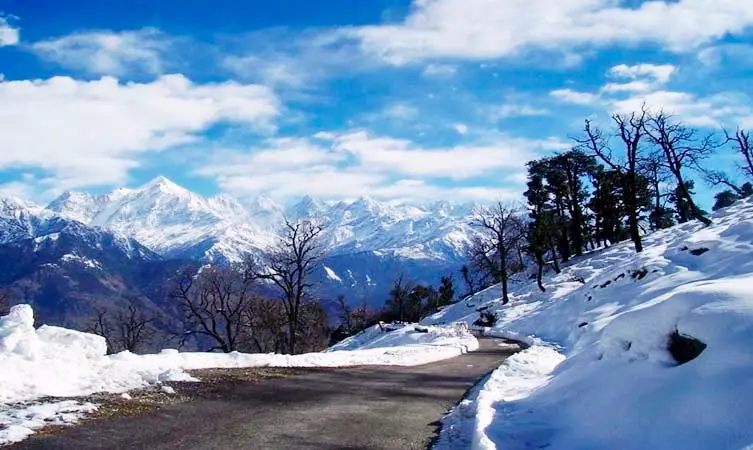
Munsiyari, nestled in the Pithoragarh district of Uttarakhand, is a quaint and lesser-known hill station that offers a cool, tranquil environment during the summer. Situated at an altitude of 2,200 meters, Munsiyari experiences mild summers, with temperatures rarely rising above 15°C. The scenic views of the Nanda Devi, Nanda Kot, and Panchachuli peaks, coupled with the unspoiled natural beauty, make Munsiyari a must-visit for those seeking peace and a cool climate.
Why Visit Munsiyari?
- Cool Summers: With temperatures ranging between 10°C and 15°C, Munsiyari offers a refreshing retreat from the heat.
- Stunning Himalayan Views: Munsiyari offers breathtaking views of the mighty Himalayas, providing a perfect backdrop for photography and relaxation.
- Offbeat Destination: Munsiyari remains relatively untouched by mass tourism, providing visitors with an authentic experience of mountain life.
7. Spiti Valley: The Cold Desert of Himachal Pradesh

Spiti Valley, located in the Himachal Pradesh region, is one of the most unique cold destinations in India. This cold desert valley lies at an average altitude of 3,800 meters above sea level and is renowned for its barren, yet awe-inspiring landscapes. The valley experiences cool summers, with temperatures ranging from 10°C to 15°C. Spiti is often compared to Tibet due to its similar culture, lifestyle, and Buddhist influence, making it a fascinating place to explore.
Why Visit Spiti Valley?
- Cool Summers: Spiti Valley enjoys cool summer temperatures, making it an ideal location for those seeking relief from the heat.
- Cultural Richness: Spiti is home to several ancient monasteries, including Key Monastery and Tabo Monastery, that offer a glimpse into Tibetan Buddhist culture.
- Otherworldly Landscape: The stark and barren beauty of Spiti’s landscape, with its rugged mountains and clear blue skies, offers a surreal and picturesque experience.
8. Sonamarg: The Meadow of Gold
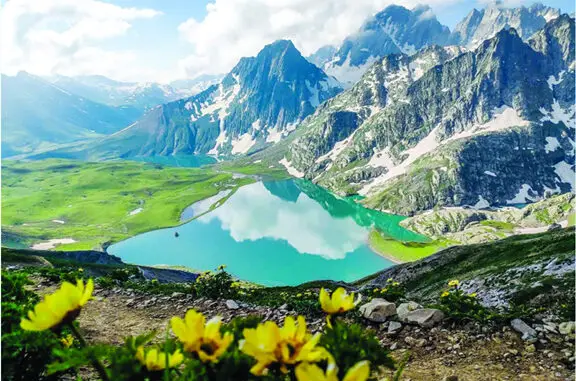
Sonamarg, located in Jammu and Kashmir, is a charming town known for its vast meadows, lush green valleys, and snow-covered peaks. The town’s name, which means “Meadow of Gold,” is derived from the golden hue that the meadows take on during the summer months. With temperatures ranging from 10°C to 20°C during the summer, Sonamarg provides a refreshing climate to visitors.
Why Visit Sonamarg?
- Cool Summer Climate: The pleasant weather makes it an ideal destination for escaping the heat.
- Breathtaking Scenery: With stunning glaciers like Thajiwas Glacier, meadows filled with colorful wildflowers, and towering snow-capped peaks, Sonamarg is truly a sight to behold.
- Adventure Activities: The region is perfect for trekking, fishing, and camping in the midst of nature.
9. Srinagar: The Shimmering Jewel of Jammu and Kashmir

Srinagar, the summer capital of Jammu and Kashmir, is famous for its picturesque lakes, beautiful gardens, and cool climate. The temperatures in Srinagar during summer remain mild, hovering between 15°C to 25°C, making it a perfect destination for those seeking cool temperatures. Visitors can explore the serene Dal Lake, enjoy a stay in the famous houseboats, and visit historical landmarks like the Shankaracharya Temple.
Why Visit Srinagar?
- Pleasant Summer Weather: The mild climate during summer makes Srinagar an ideal retreat.
- Natural Beauty: With its stunning lakes, houseboats, gardens, and the backdrop of snow-capped mountains, Srinagar offers a picturesque setting for relaxation.
- Cultural Heritage: Srinagar is rich in history and culture, with a strong influence of Mughal architecture and Kashmiri traditions.
10. Rohtang Pass: A Cold Retreat in the Himachal Hills

Located near Manali in Himachal Pradesh, Rohtang Pass is one of the most famous mountain passes in India. At an altitude of 3,978 meters, it offers a cool, snow-covered retreat during the summer months. The pass connects the Kullu Valley with the Lahul and Spiti valleys and is known for its stunning views of snow-capped peaks and glaciers.
Why Visit Rohtang Pass?
- Cool Temperatures: Rohtang Pass offers chilly weather even in summer, with temperatures dropping below 10°C.
- Adventure Activities: Visitors can indulge in skiing, snowboarding, and other snow-based activities.
- Spectacular Views: The pass offers panoramic views of the Pir Panjal and Dhauladhar mountain ranges, making it a photographer’s paradise.
Conclusion
India’s diverse geography offers travelers the opportunity to explore some of the coldest and most stunning places during the summer months. From the snow-clad peaks of Drass Valley to the serene lakes of Srinagar, these destinations provide a welcome respite from the heat. Whether you’re an adventure enthusiast or someone seeking tranquility, these coldest places in India will leave you with unforgettable memories of natural beauty, culture, and peace.
FAQs:
- What are the coldest places to visit in India during summer?
- Some of the coldest places to visit in India during summer include Drass Valley, Siachen Glacier, Sela Pass, Leh Ladakh, and Munsiyari. These destinations offer cool climates, ideal for escaping the summer heat.
- Which is the coldest place in India?
- Drass Valley, located in Jammu and Kashmir, is considered the coldest inhabited place in India, with temperatures plummeting below freezing during winters and remaining chilly even during the summer months.
- Can I visit Siachen Glacier during the summer?
- Yes, Siachen Glacier is accessible during the summer months, though it remains an extreme and rugged destination. Temperatures range from -10°C to 5°C, making it a great cold retreat for adventurous travelers.
- What is the best time to visit Leh Ladakh?
- The best time to visit Leh Ladakh is from May to September when the temperatures are more manageable and the weather remains cool. During these months, visitors can enjoy trekking, sightseeing, and exploring the region’s Buddhist culture.
- Is Spiti Valley a good summer destination?
- Spiti Valley is an excellent summer destination due to its cool temperatures and stunning landscapes. The valley offers an opportunity to explore the region’s unique culture, monasteries, and trekking routes.
- How cold is Rohtang Pass during the summer?
- Rohtang Pass experiences cool temperatures even in summer, ranging from 5°C to 10°C. It is a popular spot for snow sports and offers panoramic views of the surrounding mountain ranges.
- What activities can I do in Sonamarg?
- In Sonamarg, visitors can enjoy trekking, fishing, camping, and exploring the Thajiwas Glacier. The cool climate and breathtaking meadows make it a perfect destination for outdoor activities.
- Is Srinagar a good summer holiday destination?
- Yes, Srinagar is an excellent summer holiday destination, with temperatures ranging from 15°C to 25°C. Visitors can enjoy houseboat stays on Dal Lake, explore Mughal gardens, and experience Kashmiri culture.
- What makes Munsiyari a great cold summer destination?
- Munsiyari, located in Uttarakhand, offers a cool retreat with temperatures between 10°C to 15°C during the summer. It is known for its stunning Himalayan views and serene environment, making it a peaceful getaway.
- Can I go trekking in Sela Pass?
- Yes, Sela Pass is a popular trekking destination in Arunachal Pradesh. The pass offers stunning views of snow-covered peaks and is a great location for adventure enthusiasts looking to experience the rugged terrain and serene surroundings.

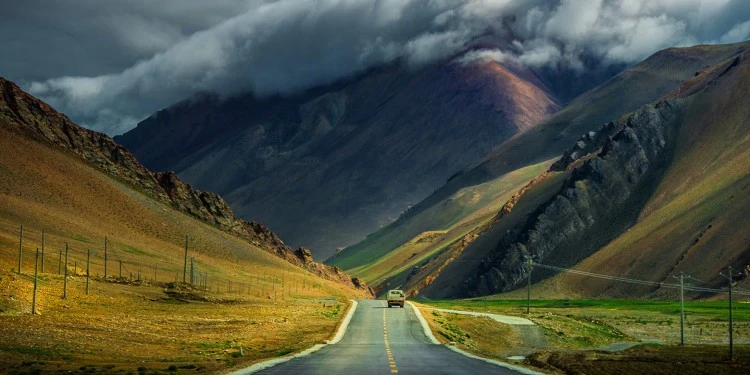
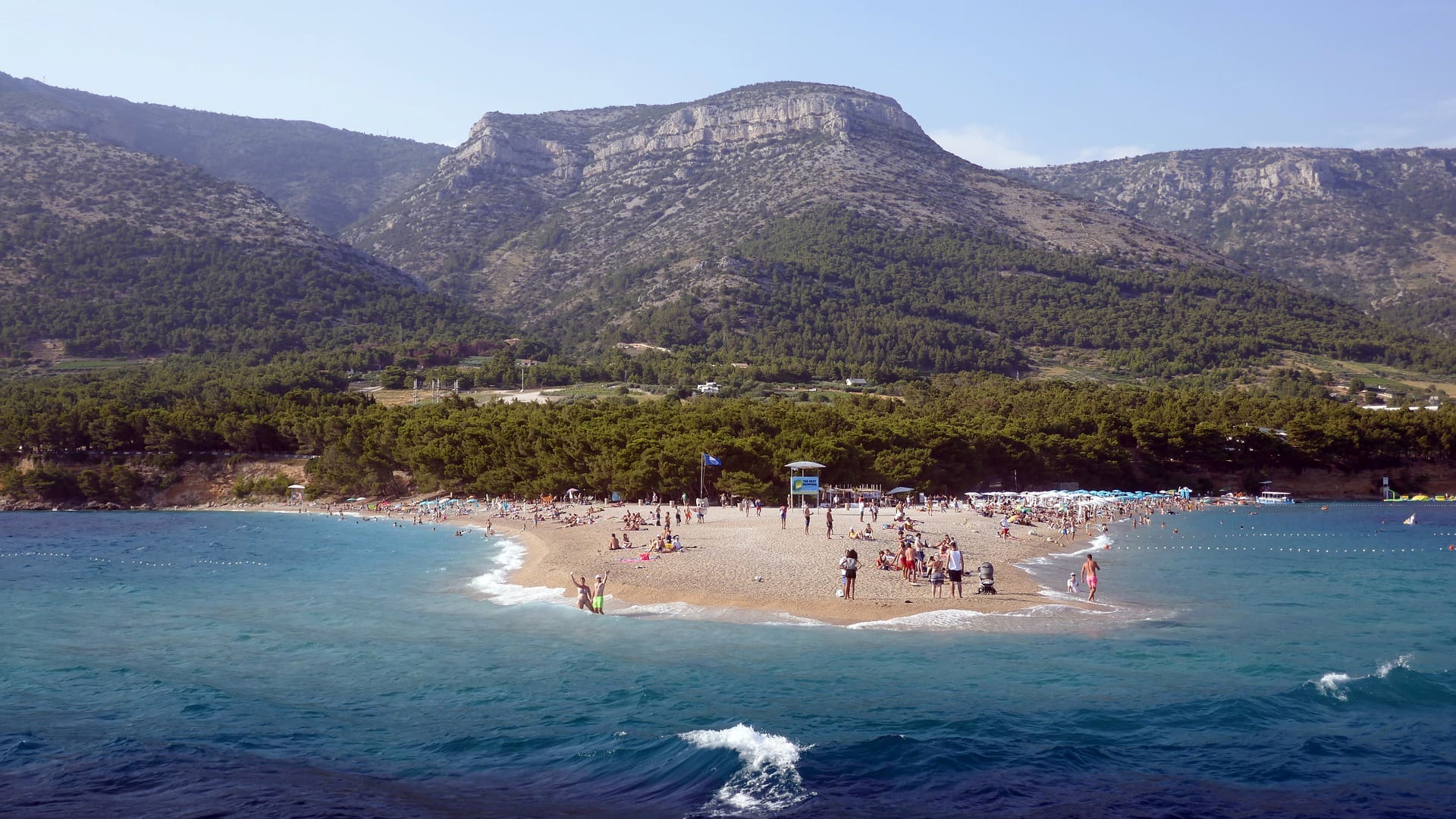


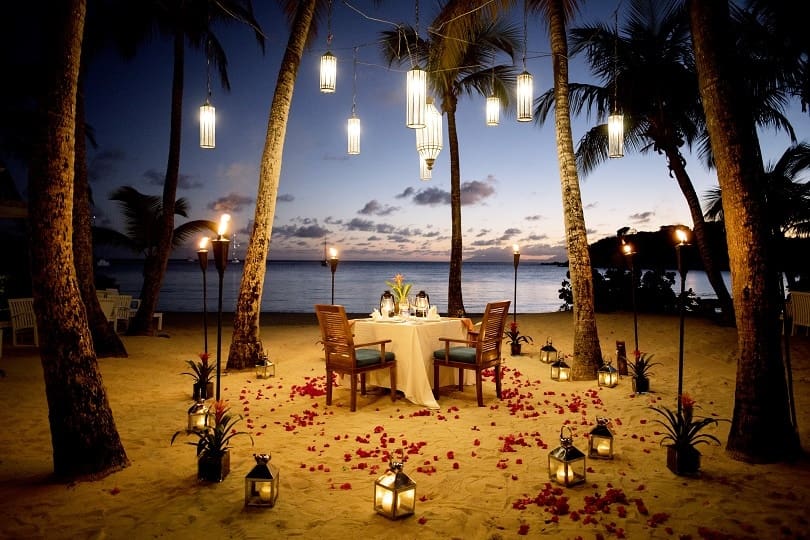
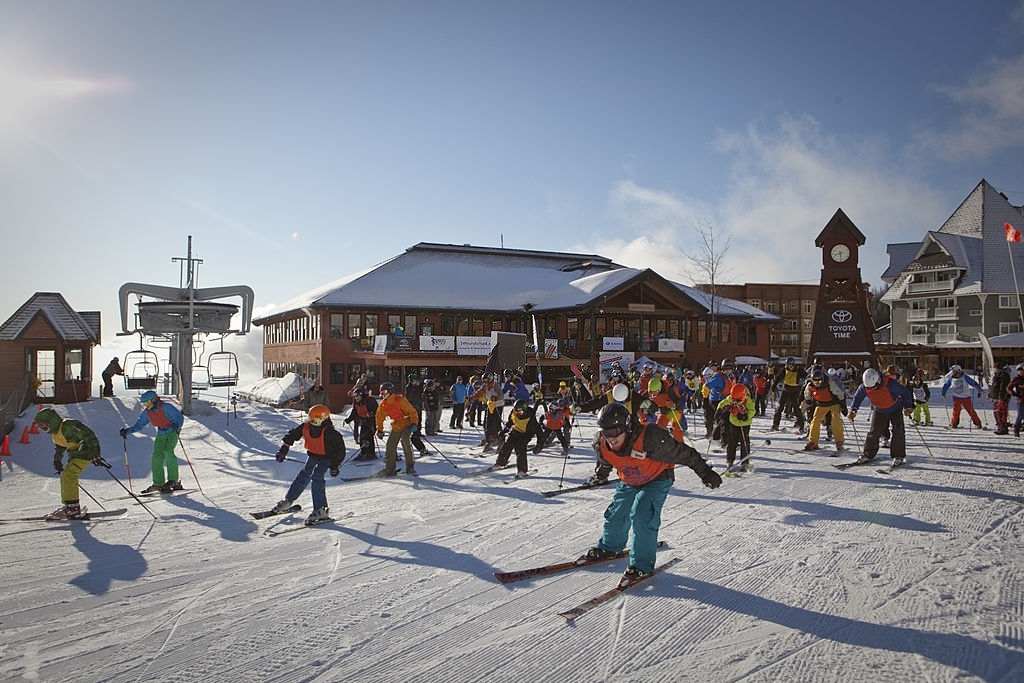
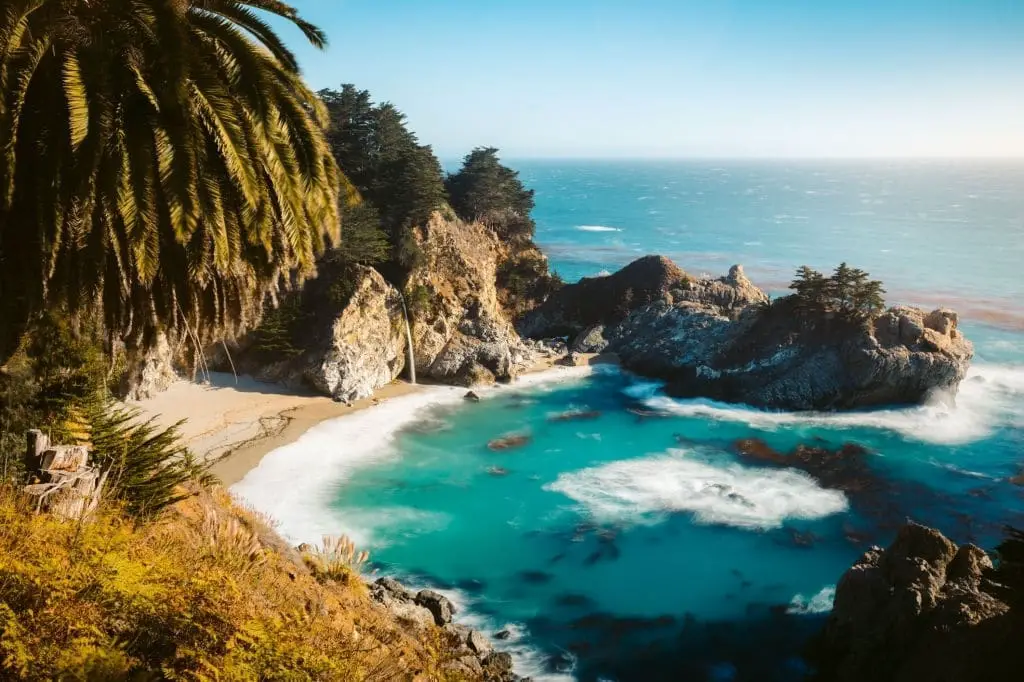

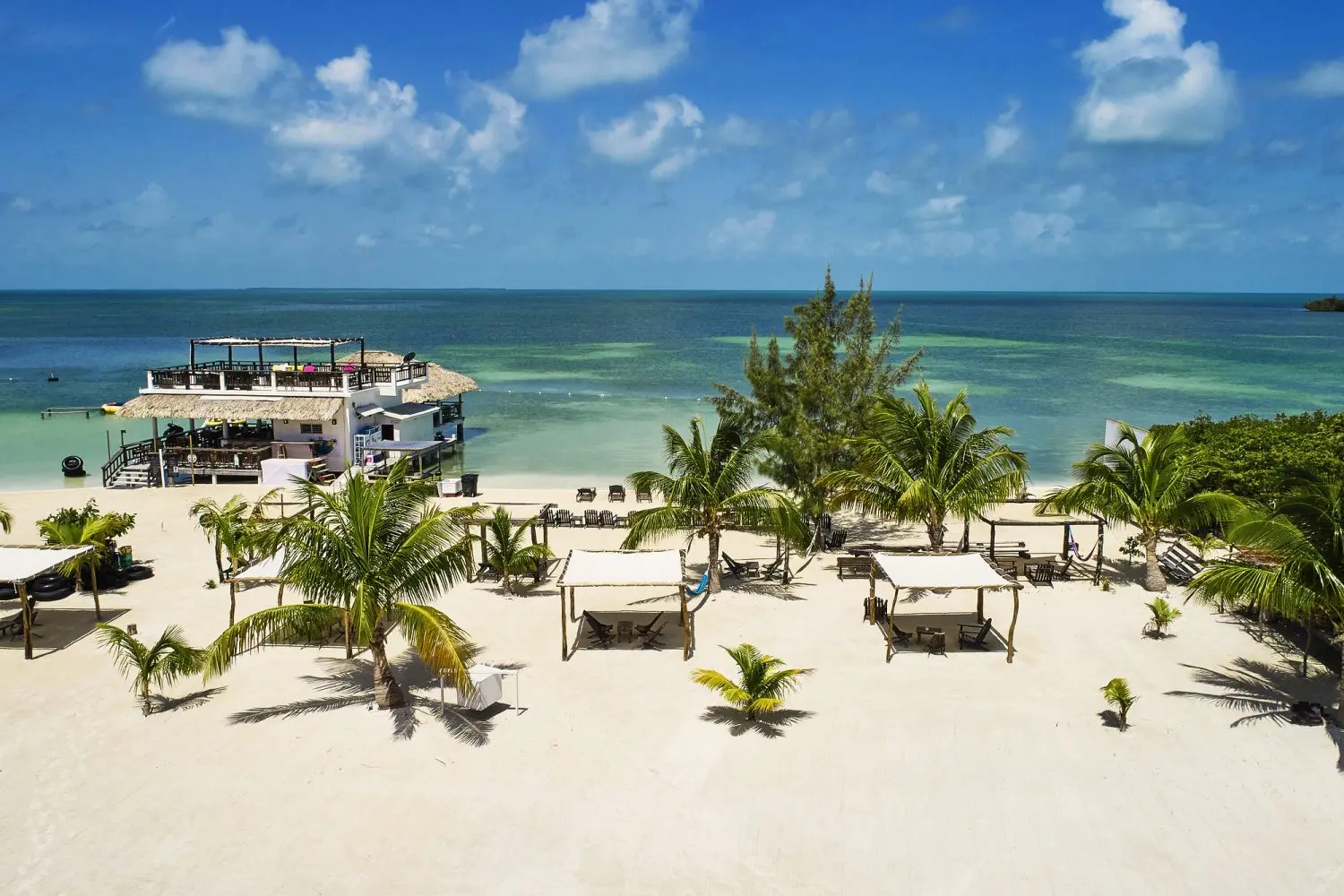
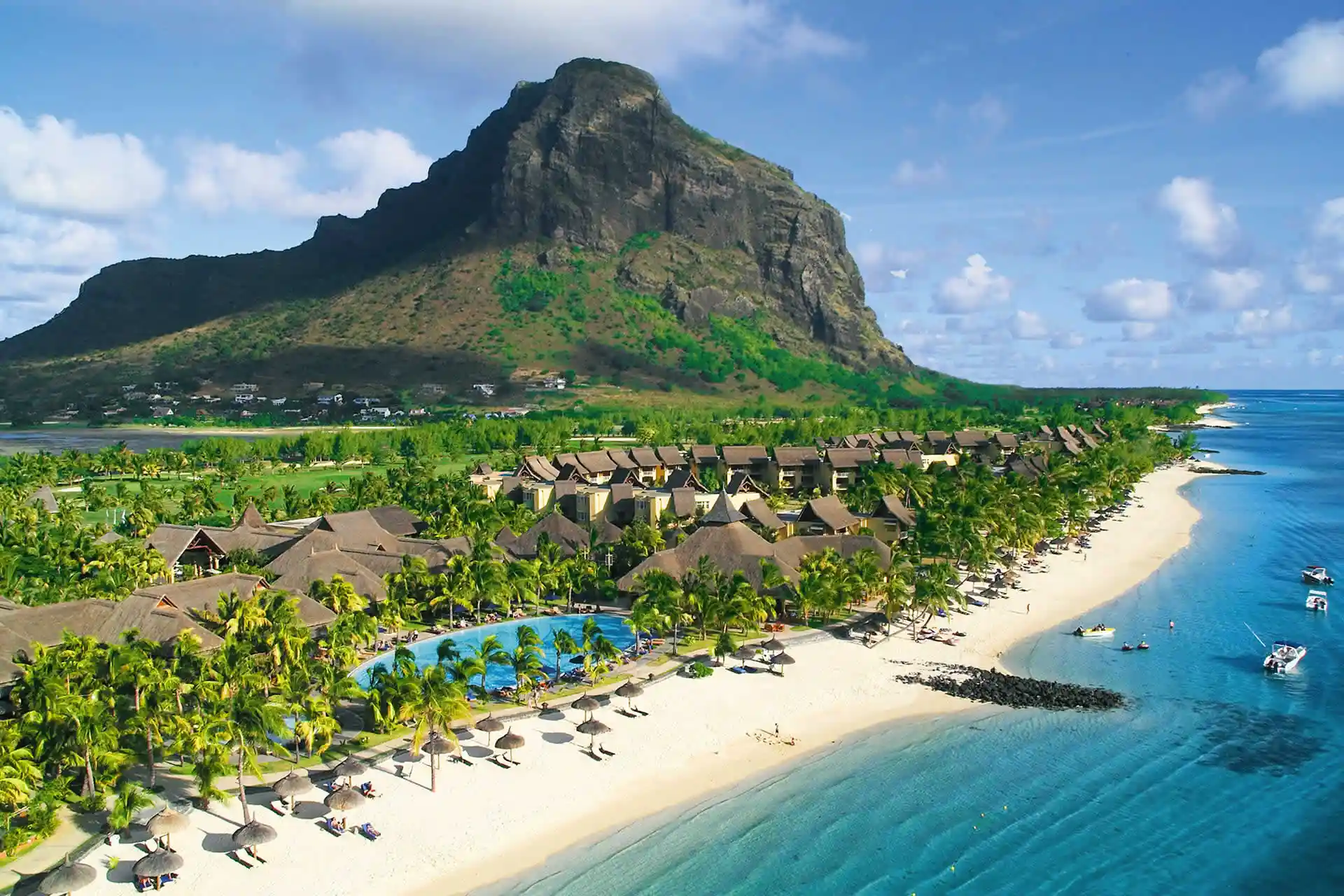

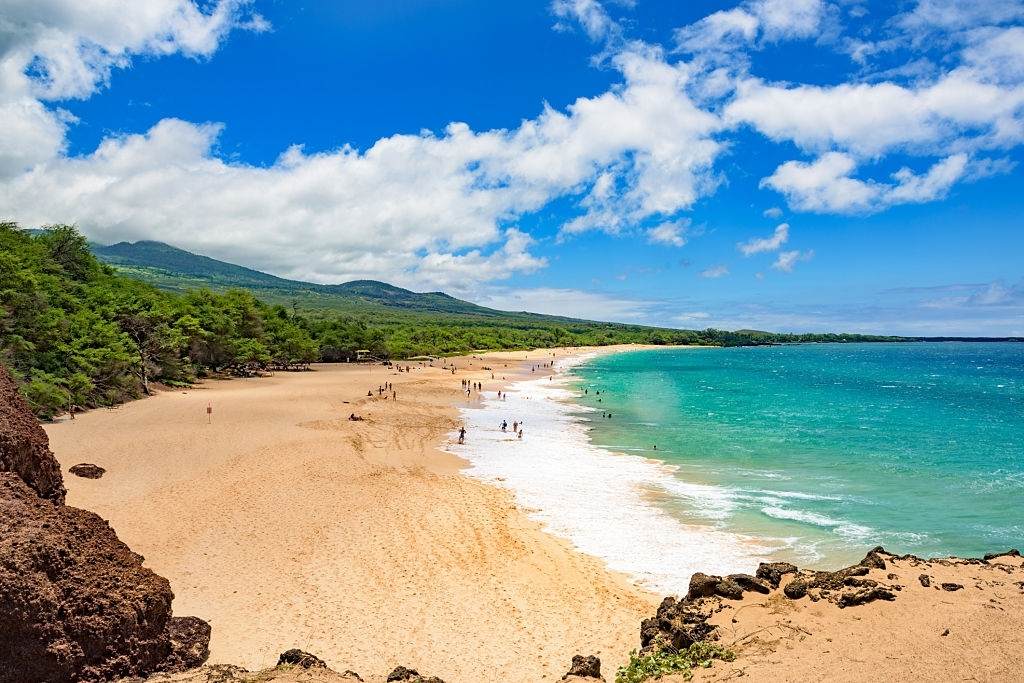
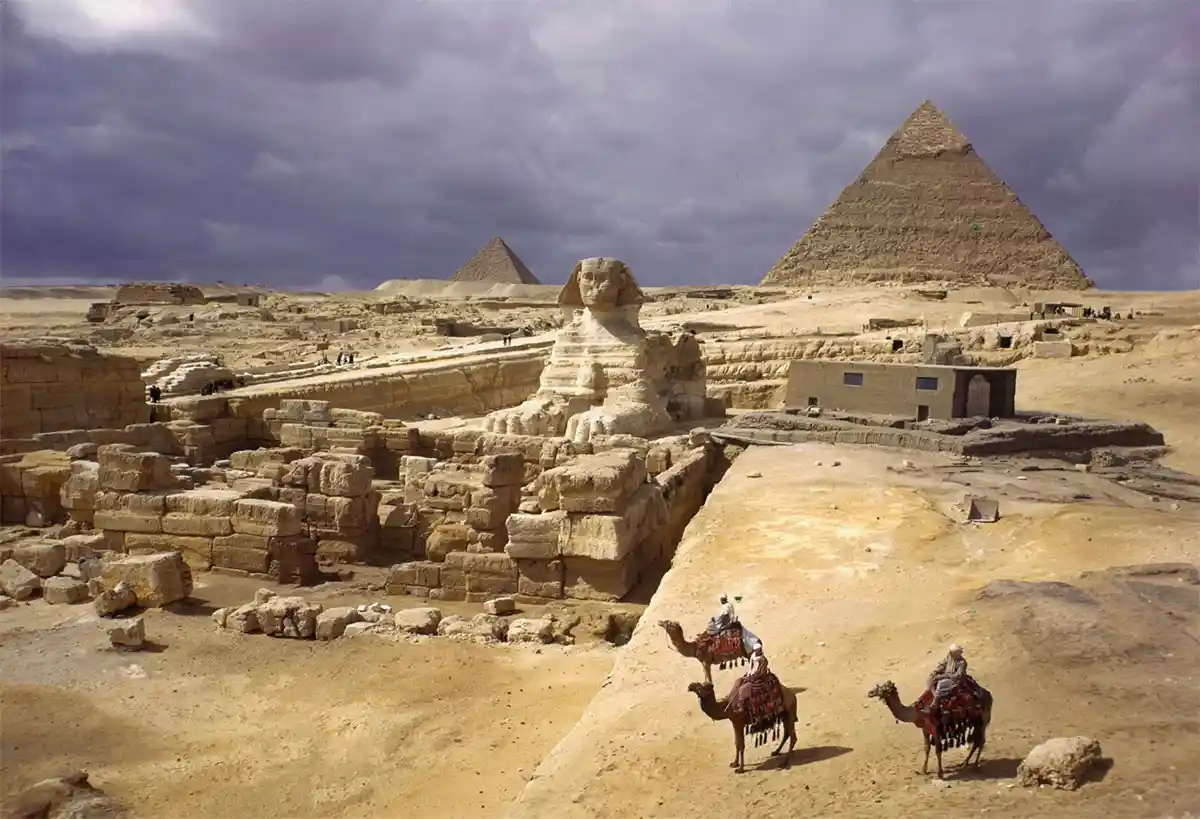



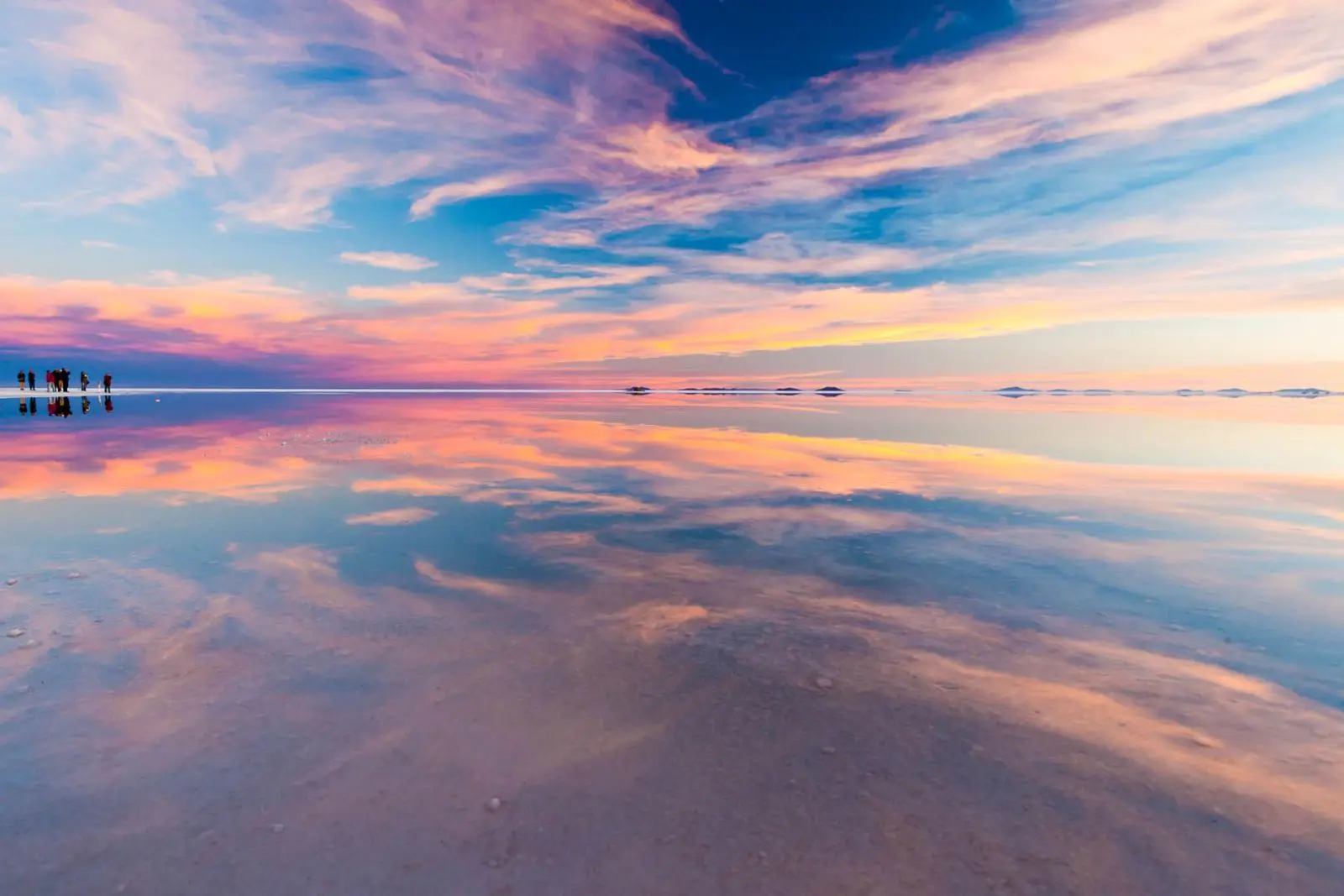
cheap amoxicillin generic – https://combamoxi.com/ order amoxil without prescription
buy diflucan 100mg sale – https://gpdifluca.com/# order generic diflucan